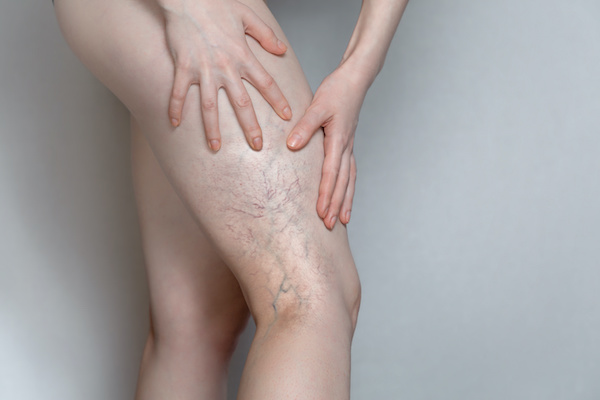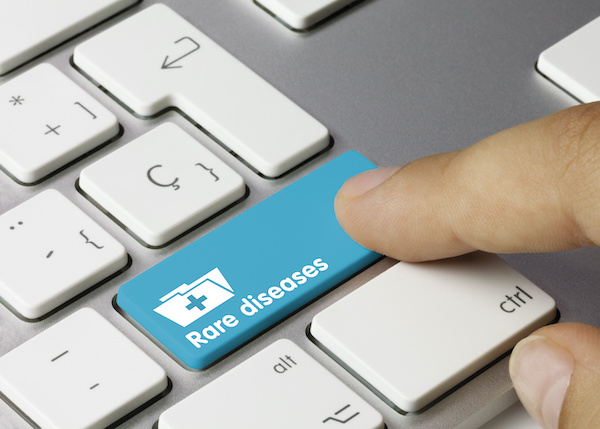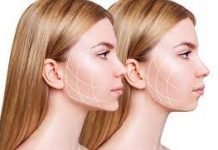
A rare disease can be any disease that affects only a few people in a particular geographic location. Because of their unique characteristics, each condition has a highly unique risk factor profile. This risk profile is what different rare diseases have in common, and it helps to understand them better.
It’s essential to understand and be aware of some rare bodily diseases so you may take preventive measures, allowing you to remain healthy and strong.
Here are some rare body diseases you may not have heard about:
Chronic venous insufficiency
Chronic venous insufficiency is a common disease for people above 40, but many people may not have heard about it. This condition usually occurs when there’s a malfunction in the venous wall.
Also, when a person has this disease, they experience difficult blood circulation starting from the legs to the heart. As a result, the blood builds up in these veins, thereby causing discomfort to the person.
Fibrodysplasia ossificans progressiva
Fibrodysplasia ossificans progressiva is a heritable condition of the connective tissue, affecting both children and adults. This disease is also called the Stoneman syndrome because it slowly directs connective tissues, like tendons, ligaments, and even muscles, into the bone. You may not have known about this disease because it only occurs in every one person for every two million people in the world.
Wolf-Hirschhorn syndrome
This disease is caused by a genetic condition where there’s a deletion of the short distal arm of the 4th chromosome in a baby’s DNA. The disease has significant features like delayed growth and development and a unique facial feature.
Patients with this disease commonly have intellectual disabilities and, sometimes, experience seizures.
Hutchinson-Gilford Progeria Syndrome (HGPS)
HGPS has only about 130 cases reported since its discovery in 1886. It affects only one person for every four million people in the world. It’s an extremely rare genetic disorder that resembles the aspects of aging at a very early age. Those born with HGPS is only expected to live until their mid-twenties.
Legionnaires’ disease
Legionnaires’ disease is impacting people living in unsanitary conditions. It’s a severe form of pneumonia or lung infection that’s caused by bacteria infection.
The condition is caused by the bacterium known as legionella, which most people catch by inhaling the bacteria from the water or soil.
Chronic Focal Encephalitis or Rasmussen’s Encephalitis
Rasmussen’s encephalitis usually occurs in children under the age of 10. This disease is characterized by frequent seizures, which can cause brain damage. The patient may experience loss of speech, motor skills, and paralysis on one side of the body.
Treatment for this disease only helps decrease brain inflammation, but there’s still no known treatment to prevent disability.
Turner Syndrome
Turner syndrome is a condition that affects females. It results when one of the X chromosomes is missing. This disease can cause different medical and developmental problems, like short height, heart defects, and underdeveloped ovaries.
When signs or symptoms are mild, the disease can only be diagnosed until they’re in their adolescent years.
Moebius Syndrome
This is a rare neurological disorder that involves the weakness or paralysis of several cranial nerves, more particularly the 6th and 7th facial nerves. Commonly present at birth, it’s characterized by complete facial paralysis.
For example, when the 6th nerve is involved, a person suffering from this syndrome may suffer some abnormalities such as the inability of the eye to turn outward past the midline. Also, when the 7th nerve is affected, the person may be unable to frown, smile, close the eyelids, raise the eyebrows, and many more.
Porphyria
This is a rare group of liver disorders wherein substances, called porphyrins, accumulate in the body, adversely affecting the nervous system. The two common types of porphyria include acute porphyrias, which impacts the nervous system, and the cutaneous porphyrias, affecting the skin.
Moreover, when a person is infected with this disorder, they may suffer from a variety of symptoms, depending on the severity and type of disorder. But the common symptoms can include nausea, vomiting, constipation, abdominal pain, and stomach cramps.
Final Thoughts
There are many different diseases out there. Some of these diseases are common but aren’t usually heard of, and some of them are very rare that people aren’t aware of them. It’s important to understand these different diseases as some of them can be prevented with proper health care and ensuring that your environment is clean. It’s vital if we’re able to understand genetic and rare diseases so we can provide appropriate care for a patient with this disease.










![Daily Bite [Make]: Philly Cheesesteak Stuffed Bell Peppers](https://dashofwellness.com/wp-content/uploads/2013/01/Philly-Cheesesteak-Stuffed-Pepper-Daily-Bite-1-100x70.png)
